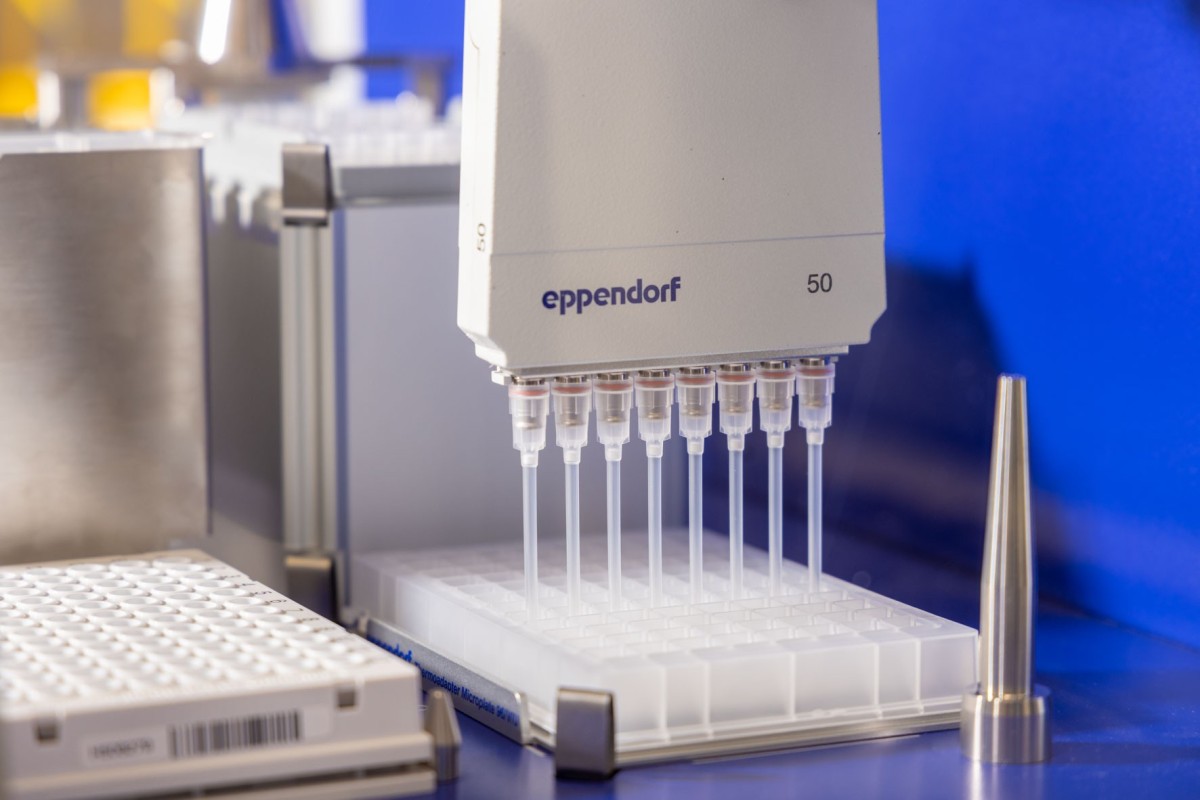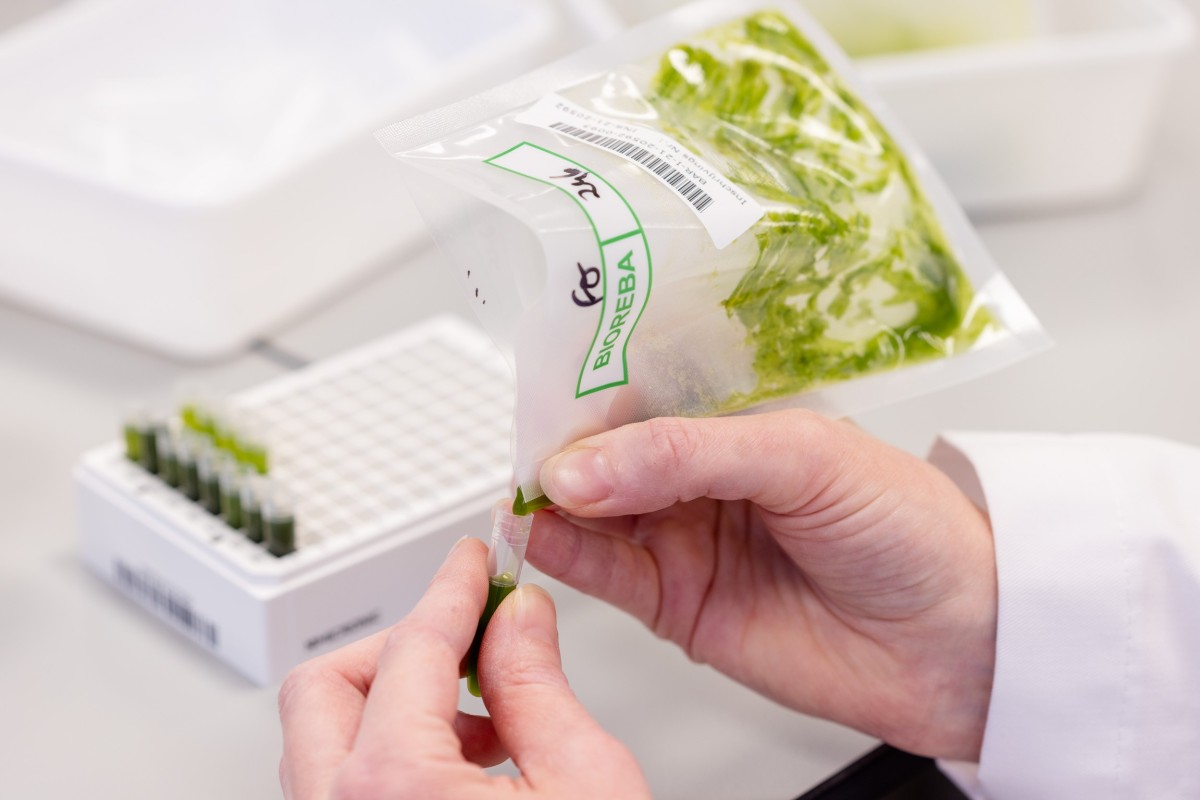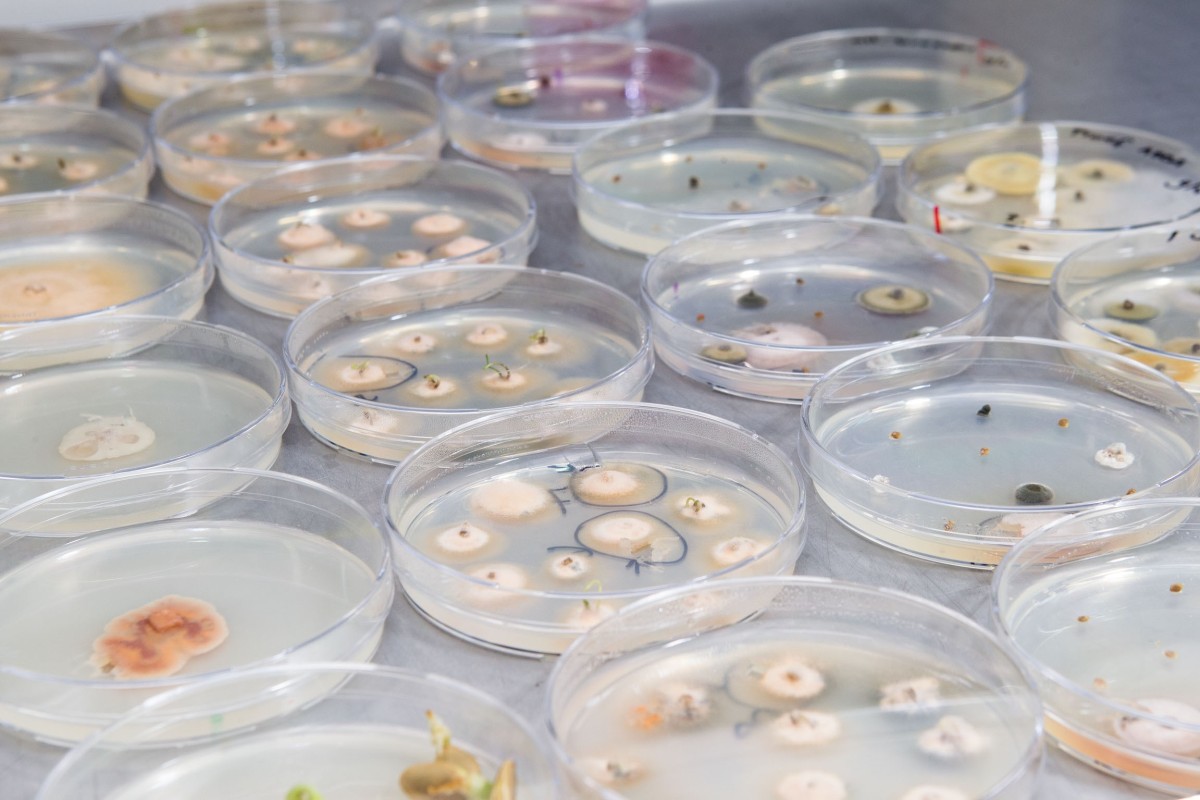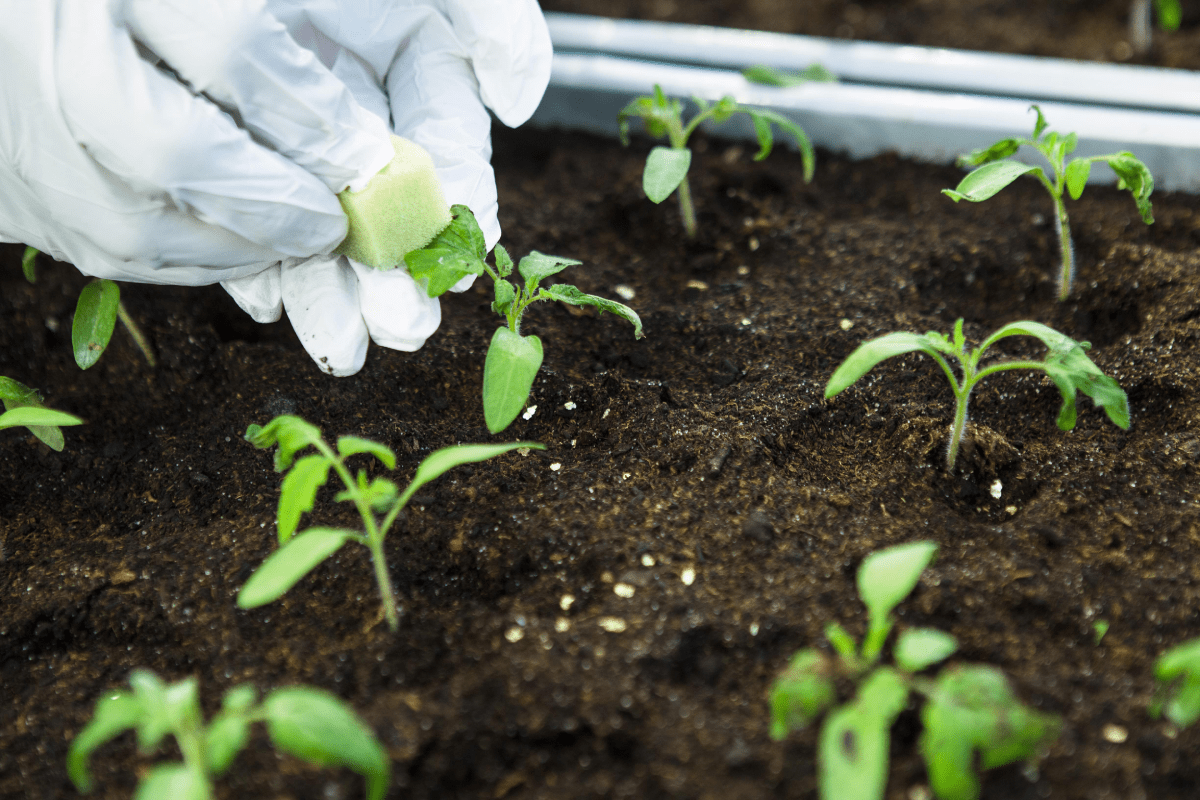
PCR
The PCR (Polymerase Chain Reaction) testing method detects the genetic code of the organism on which the test is performed (the target). We use this technique on fungi, bacteria and viruses. This sensitive technique is used in various ways. In many cases we use the PCR technique to identify or confirm a suspect organism.
In other applications, the technique is used immediately on the samples to be tested. If the genetic code (target) in question is not found, you will obtain a high degree of certainty that the organism is not present. This technique does not distinguish between living or dead material of the target organism. Therefore, if the result is positive it is necessary to analyse the sample using another test method to determine whether the material is dead or living.
ELISA
ELISA (Enzyme-Linked Immuno Sorbent Assay) is mainly used for testing for viruses. A virus particle is made up of genetic material surrounded by a protective protein mantle. It is an immunochemical reaction and all immunochemical determinations are based on the same principle, the specific bond between antigen and antibody. The ELISA method detects this protein mantle.


Plating method
In the plating method we use nutrient media that provide the ideal conditions for growing the organism to be tested. We use this method for fungi and bacteria. Once the organisms have been given sufficient time to develop, the lab technician performs a visual assessment. In many cases we use other techniques such as PCR to confirm the identity of suspect organisms.
Bioassay
In a bioassay we artificially infect suitable host plants with the sap of the material being tested. If the pathogen is present, it produces symptoms on the plant. In this technique, the result is usually visible within 3 to 4 weeks.

Frequently asked questions (FAQ)
Which tests does Naktuinbouw perform?
You will find our current portfolio in the Price list Testing & Analyses. For vegetable crops, which tests we can perform is stated per crop. For plant material, a separate chapter lists which tests are available.
Can Naktuinbouw test for CLVd, PCFVd, PSTVd, TASVd, TCDVd and TPMVd?
When Pospiviroids test are requested, the seeds are tested for the following viroids:
- Columnea latent viroid (CLVd)
- Pepper chat fruit viroid (PCFVd)
- Potato spindle tuber viroid (PSTVd)
- Tomato apical stunt viroid (TASVd)
- Tomato chlorotic dwarf viroid (TCDVd)
- Tomato planta macho viroid (TPMVd)
If plant material is submitted, in addition to the viroids above-mentioned, tests are also performed for:
- Chrysanthemum stunt viroid (CSVd)
- Iresine viroid 1 (IrVd)
- Portulaca latent viroid (PoLVd)
Can Naktuinbouw test for phytoplasmas?
A generic PCR test is available for testing for phytoplasmas. This can detect the following phytoplasmas:
- Apple proliferation phytoplasma; syn. Candidatus Phytoplasma mali
- Apricot chlorotic leafroll mycoplasma
- Aster yellows
- Elm phloem necrosis
- Elm yellows
- European stone fruit yellows; syn. Candidatus Phytoplasma prunorum
- Peach rosette phytoplasma
- Peach X disease phytoplasma
- Peach yellows phytoplasma
- Pear decline phytoplasma
- Pear decline phytoplasma; syn. Candidatus Phytoplasma pyri
- Potato stolbur
- Rubus stunt
- Strawberry green petal phytoplasma
- Strawberry witches’ broom
- Yellow decline of Lavendula
The country requirements for Australia state that specific PCR methods must be used to test for Xylella.
The Harper and Quyang method are both used to test for Xylella. Both are required by Australia. This means that our protocol complies with Australian requirements.
Can Naktuinbouw identify which disease my plants have?
Samples with symptoms are tested by the Diagnostics department. Various techniques are used to detect and identify which pathogen is present. If you already suspect which pathogen(s) may be present, a specific test for those pathogens is also possible.
I cannot find my test in the price list. Can you still perform it?
The Price list Testing & Analyses states our standard portfolio of tests. For export purposes, some countries require tests for which no validated protocol is available. In exceptional cases, based on our experience and knowledge of crops and pathogens, we can create a customised test. If the test proceeds as expected, the result can be used for export purposes.
To request a test, please contact the Front Office of the laboratory.
